What Is Engine Coolant?
Engine coolant, also known as antifreeze, is a liquid that moves through your car’s engine. It controls the engine’s temperature by absorbing and releasing heat into the surrounding air. Thus, prevent the engine from overheating, especially during hot weather or periods of heavy use.
As coolant comes into contact with moving parts, it also provides lubrication and protects the water pump, head gasket, cylinder, and piston timing from damage.
What Does It Mean When the Low Coolant Light Comes on?
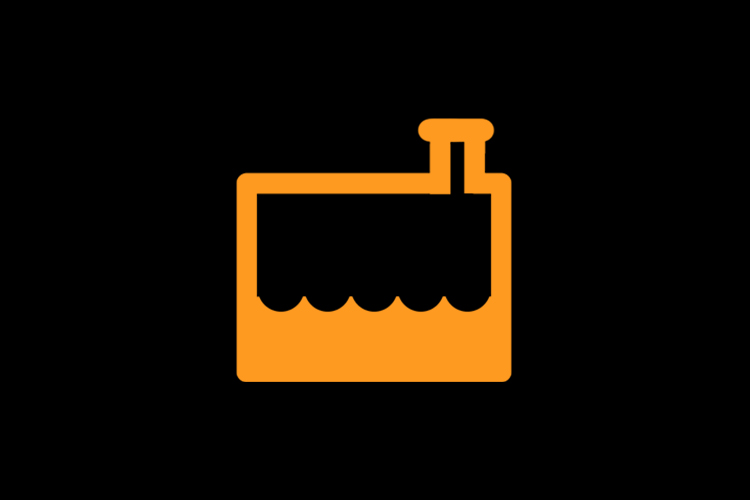
The exact appearance of the light can vary depending on your car’s make and model. Thus, refer to the owner’s manual or our Dash Lights Lookup for more details.
It is common to see the low coolant level light when starting your vehicle, particularly in cooler climates. This happens as a self-test in the system, and the light will turn off once the engine warms up.
However, if the low coolant light remains on while your vehicle is in motion, it indicates that the coolant level is too low or there is an issue with the cooling system.
Can I Still Drive With the Low Coolant Light?
No, you should not keep driving with this warning light. A low coolant level can cause engine overheating and easily turn into a very expensive engine rebuild.
In some cases, continuing to drive with the low coolant light on could even result in a breakdown or an accident. Thus, stop your car and follow the guide below.
Note that the low coolant light can cause the check engine light to come on. Once the engine control module (ECM) detects an issue with the cooling system, it may trigger both the check engine light and the low coolant light. In this case, it’s important to diagnose the cause and address the issue promptly.
Aside from the low coolant level, other issues trigger the warning light.
Let’s look at them!
Why Is My Low Coolant Light On?
As a seasoned mechanic, I can suggest a few possible causes for this issue.
You should check the coolant level regularly and top it up to ensure your engine stays cool and protected.
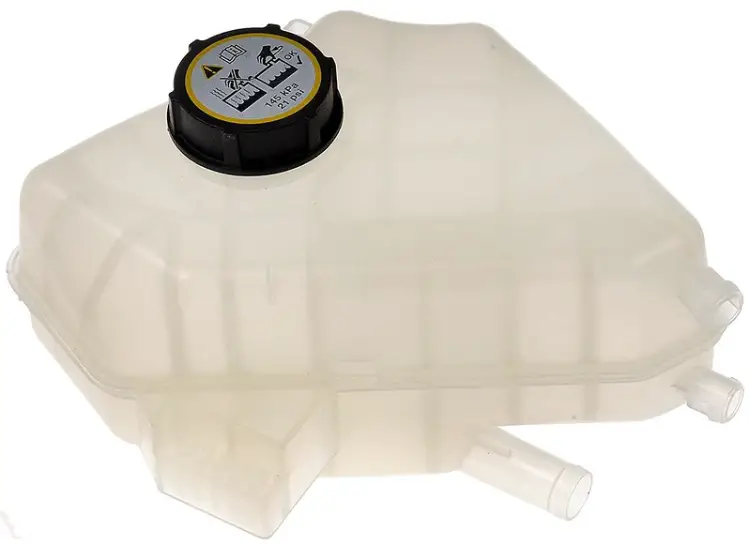
Over time, the constant heating and cooling cycles can make the reservoir brittle and prone to cracks or leaks. If there’s a leak, the coolant can escape and cause the level to drop.
To fix this, you should inspect the reservoir for visible signs of damage and replace it if necessary. If you’re unfamiliar with this task, it’s best to seek assistance from a qualified mechanic to ensure a safe and accurate repair.
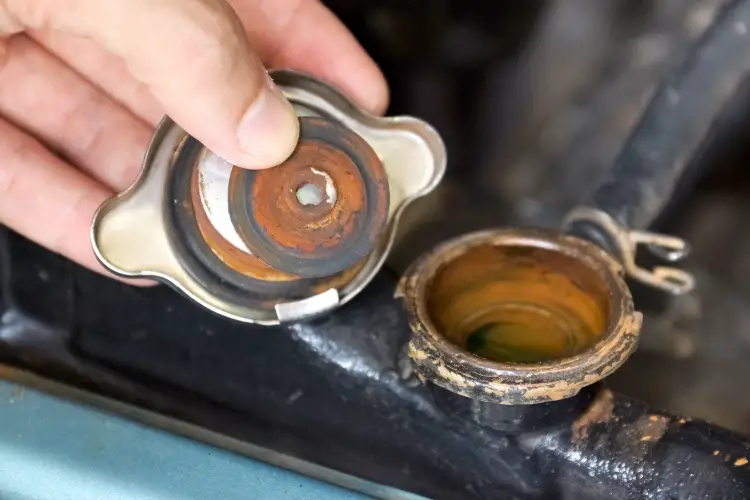
Your radiator cap helps regulate the pressure and temperature within your car’s cooling system. A damaged or loose cap can lead to coolant leaks. So, ensure that the radiator cap is in good condition and functioning properly.
You can contact your mechanic to replace the reservoir cap. In case you prefer to do it yourself, make sure to wait until the engine has cooled down. Then, replace the old cap with a new one that matches the specifications of your vehicle’s cooling system.
External leaks are usually more visible such as holes or cranks in the radiator, water pump, and heater core.
On the other hand, internal leaks are less noticeable and can stem from the blown head gasket, cracked engine block or cylinder head, or a damaged intake manifold gasket.
It’s important to have a qualified mechanic inspect and repair any coolant leaks.
To diagnose a faulty coolant sensor, you can use a scan tool (shown in the details below). Once diagnosed, it’s essential to replace the sensor promptly to avoid any potential damage to your engine.
How to Reset the Low Coolant Light
If you’re looking for an easy way to reset your low coolant light, follow these simple steps.
Let’s begin!

Step 1: Stop driving and let the engine cool down
Step 2: Check the coolant level
- Open the hood and locate the coolant reservoir. In most cars, the reservoir is situated behind the engine bay and is easily recognized by the coolant symbol on the cap.
- Check the coolant level in the reservoir. The coolant level should be between the minimum and maximum marks.
- Add the coolant til it reaches the “Max” mark.
Note: Don’t forget to use the recommended type of coolant as specified in your vehicle’s owner’s manual.
Step 3: Inspect coolant leaks
Check for any coolant leaks in the reservoir, radiator cap, or other leaks.
If there are no leaks, move to the next step.
Step 4: Use an OBD2 scanner to read the trouble codes
You follow the two steps above, but the light remains lit. It’s time to use an OBD2 scanner to find the cause.
- Connect the scanner to the car’s OBD port.
- Turn the ignition on.
- Select the “Read Codes” function on the scanner to search for the codes.
- Figure out what the code means by using the DTC Lookup Library on the scanner or going to the OBD2 Codes Lookup. You will find meaning, causes, symptoms, and fixes.
I once used an OBD2 scanner to diagnose and fix an engine coolant issue in my 2010 Buick Lacrosse. The scanner showed the trouble code P2557, meaning “Engine Coolant Level Sensor” was the issue. Upon inspection, I realized there was an issue with the sensor connector. So, I replaced it.
Step 5: Repair broken or malfunctioning parts based on the codes
Get your vehicle to a professional to repair or replace the faulty parts if you’re unsure how to do it.
Step 6: Clear the trouble codes
Once you have completed the above steps, it’s time to reset the low coolant light.
You can clear the trouble codes by pressing the “Clear” function on the scanner.
Then, drive for 50-100 miles. The low coolant light will disappear.
What’s Next?
Now that you have a better understanding of how to reset the low coolant light, you can say goodbye to that worried feeling when the light appears.
I guess you recognized the importance of investing in a scan tool to maintain your vehicle. If you’re in the market for one, check out my review of the best OBD2 scanners and find one that meets both your needs and budget.
Learn more: What to Do If the Engine Temperature Warning Light Comes on

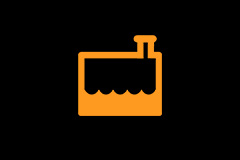

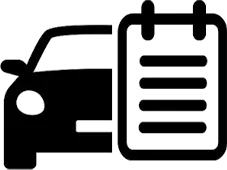

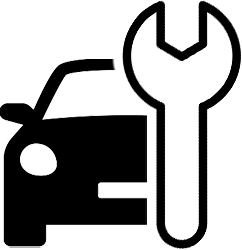
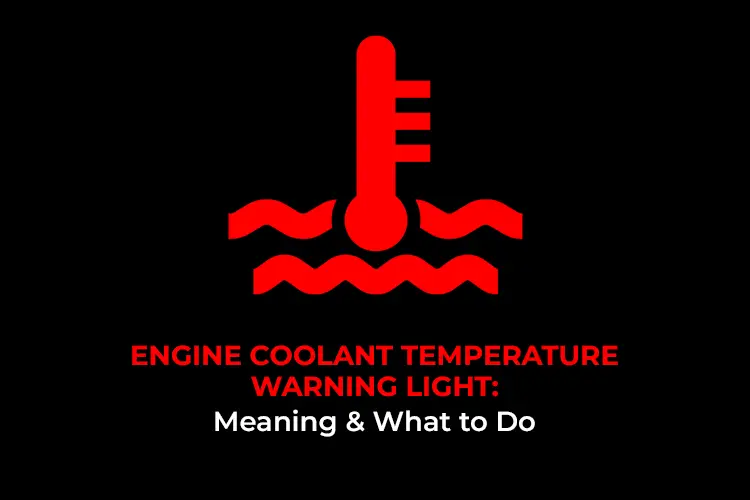
Recommended for you
What to Do If the Engine Temperature Warning Light Comes on